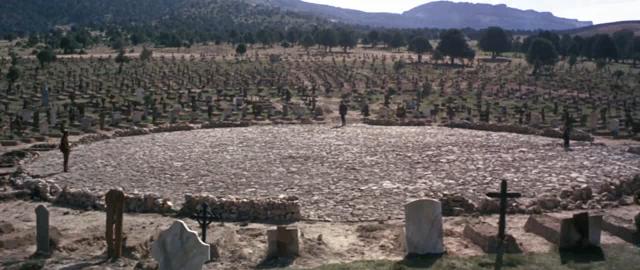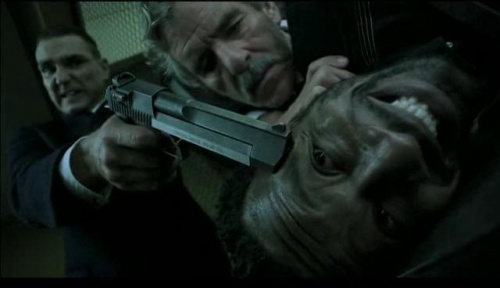One most significant discoveries through research is that thrillers are often hybrid-genres with another genre e.g. horror, action, adventure etc... Through knowing this we are able to take our planning in many different directions. However, to ensure we keep the project a hybrid-genre there are conventions of thrillers we must include for the final piece.
The plot often revolves around a main conflict which each character is involved with, directly or indirectly. This pulls the characters together creating multiple character arcs which help the audience to engage and sympathise for them. As a result the audience experiences more emotion which is by definition; the main focus of a thriller. In order to keep the opening thrilling suspense must be creating through varying the length of shots: long slow shots to build suspense followed by fast paced action shots to create a thrilling climatic arc to the story.








